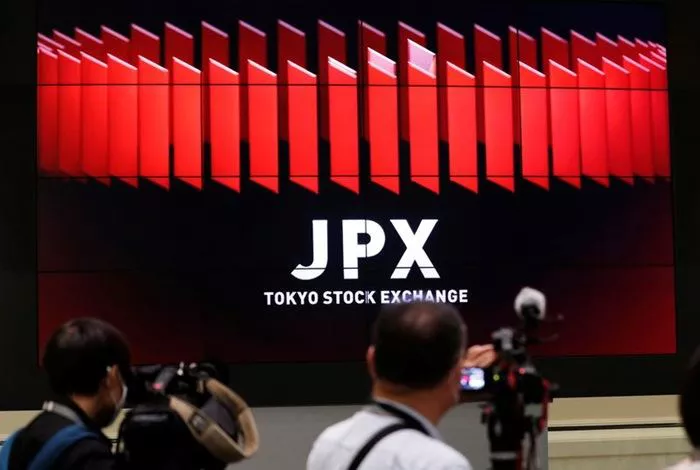Global stock markets soared and bond markets steadied on Thursday after U.S. President Donald Trump unexpectedly paused many of the new tariffs he had recently announced on several countries.
The decision came after a sharp market selloff wiped out trillions of dollars in global equities and rattled U.S. Treasury bonds and the dollar. In a surprising move late Wednesday, Trump announced a 90-day suspension on a range of reciprocal tariffs, offering investors some relief.
“You’ve had a relief rally after the realization that market pressure is something that resonates with the U.S. president,” said George Lagarias, chief economist at Forvis Mazars. “The key takeaway here is that there are limits and thresholds that he (Trump) will likely respect.”
Trump’s policy shift sparked a global equity rally, beginning with a 9.5% surge in the S&P 500 on Wednesday—the index’s biggest one-day jump in years.
The momentum carried into Europe on Thursday. The STOXX 600 index rose 5.3%, its strongest daily gain since March 2020. Major indexes in London, Paris, and Frankfurt advanced between 4.1% and 5.6%.
Asian markets also followed the trend. Japan’s Nikkei climbed more than 8%, while a broader Asia-Pacific index (excluding Japan) rose 4.4%.
Despite the rally, U.S. stock futures showed signs of cooling. Nasdaq futures fell 2% and S&P 500 futures dropped 1.7%, as investors weighed the White House’s inconsistent economic messaging.
“The world—both political and financial—is watching with concern,” said Martin Whetton, head of financial markets strategy at Westpac. “This is an administration that prioritizes secondary issues while markets face deep uncertainty. Flip-flopping on major policies like tariffs only adds to that concern.”
The U.S. dollar also slipped, falling about 0.9% against both the yen and the Swiss franc—two traditional safe-haven currencies—after gaining ground in the previous session.
Khoon Goh, head of Asia research at ANZ, noted that the sharp market rally was likely due to short-covering, and gave markets “a bit of breathing space, except for China,” where tensions remain elevated.
While the 90-day tariff pause offered some calm, it wasn’t a full rollback. A 10% general duty on nearly all U.S. imports remains in place, according to the White House. Existing tariffs on autos, steel, and aluminum also stay untouched.
Moreover, Trump signaled tougher measures ahead for China. He announced plans to raise tariffs on Chinese imports from 104% to 125%, a move that further deepens the ongoing trade conflict.
In response, China hit back. On Wednesday, it raised tariffs on American goods to 84% and introduced new restrictions on 18 U.S. firms, primarily in the defense sector.
Despite escalating U.S.-China tensions, investors seemed to focus narrowly on the 90-day pause. Markets welcomed the temporary relief, even if uncertainty still looms over global trade and economic policy.
Let me know if you’d like this version trimmed, expanded, or adapted for a specific outlet or audience.
Related Topics:


